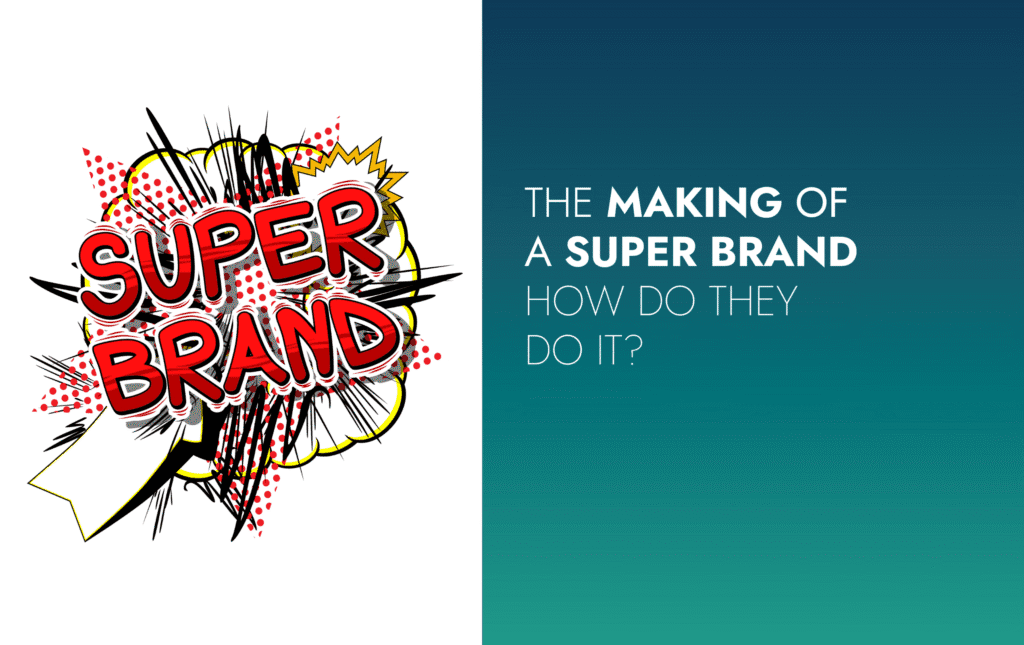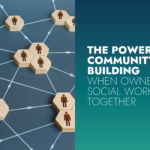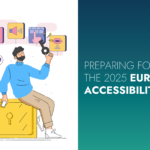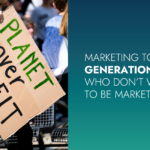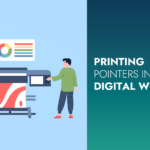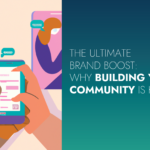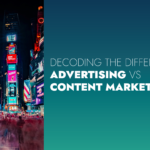What makes a brand great? It’s more than just a catchy logo or a clever slogan. The most iconic brands—Nike, Lululemon, Adidas, Google, Amazon, Starbucks—share a kind of magic. They feel both personal and universal, familiar yet aspirational. Their “special sauce” is often a blend of consistency, emotional connection, cultural relevance, and a clear sense of purpose. These brands don’t just sell products—they sell identities, lifestyles, and values that people want to align with. When done right, a brand becomes more than a business; it becomes part of how people see themselves.
A Recipe For Greatness
So what’s in that magic mix? While every brand journey is different, the ones that rise to the top tend to share five core ingredients:
Emotional Identity & Self-Expression – Great brands tap into how people want to feel and be seen. Nike inspires ambition and resilience with “Just Do It.” Lululemon sells not just apparel, but the promise of balance and self-betterment. And Adidas continuously reinvents itself through cultural and fashion-forward collaborations that allow consumers to express individuality.
Community & Belonging – These brands create a sense of shared culture. Starbucks isn’t just a cup of coffee—it’s a daily ritual, a place to pause. Nike connects people through sport and shared goals. Lululemon has built active communities through local events and ambassador networks. At their best, these brands become part of how people gather, engage, and feel connected to something bigger than themselves.
Trust & Customer Obsession – Reliability builds loyalty. Amazon revolutionised convenience with one-click buying and next-day delivery. Google became indispensable by offering clean, intuitive, and useful tools. Volkswagen has cemented itself in Irish motoring culture through dependable engineering and a strong local presence. And Starbucks continues to stand out with consistent quality and personalised service across thousands of locations.
Aspirational Accessibility – The best brands strike a balance between being inspirational and attainable. Whether it’s saving up for a pair of Lululemon leggings or grabbing your daily Starbucks, these brands feel like a little reward—something elevated, but within reach. That tension between desire and attainability creates loyalty and emotional investment.
Cultural Relevance & Adaptability – Iconic brands know when and how to adapt. Adidas leaned into fashion and streetwear to stay relevant with younger audiences. Google has updated its suite of products and branding without losing clarity. Nike boldly aligns with cultural moments and values that matter to its audience. Brands that adapt to the world around them stay alive in the hearts—and routines—of their customers.
Balancing Relevance with Legacy
That final ingredient—cultural relevance and adaptability—deserves special attention. In today’s fast-moving landscape, standing still is often more dangerous than making the wrong move. The brands that last are the ones that know how to evolve just enough to stay aligned with the people they serve without losing what made them great in the first place.
Be expandable, or be expendable.
This kind of brand adaptation is evident in recent refreshes from companies like Amazon, Hugo Boss, and Saint Laurent. Many of these updates may seem subtle at first glance—new typefaces, refined logos, or softened colour palettes—but they’re powerful shifts that help brands feel more digital-first, emotionally resonant, and visually unified.
Hugo Boss split into two distinct lines—BOSS and HUGO—to speak directly to both a classic, professional audience and a younger, trend-driven one. Yves Saint Laurent rebranded to Saint Laurent Paris as part of a broader effort to streamline the fashion house, aligning it with a minimalist, high-fashion edge that felt more current and global. And Amazon introduced a cleaner, more digital-friendly typeface and subtly thickened its iconic smile arrow in a warmer tone—small changes that made the brand feel more unified, approachable, and ready to sit cohesively across its growing family of sub-brands.
And closer to home, AIB has softened its once-corporate identity to feel more approachable, while Aviva, title sponsor of Dublin’s Aviva Stadium, refreshed its brand with clearer typography, a brighter tone, and a simplified design system—balancing familiarity with a fresher, more agile presence. The update also introduced a set of bold, flexible graphic elements that bring consistency across channels while allowing space for personality and clarity in digital environments.
Knowing Who to Rub Shoulders With.
Another hallmark of a strong brand is knowing who it belongs next to. The best brands understand their own identity so well that they can confidently collaborate with others—extending their reach, relevance, and cultural value through carefully chosen partnerships. Today, that includes not just other companies, but individuals. Influencers, with strong personal brands of their own, have become powerful collaborators, offering brands a way to align with real people who embody their values and connect directly with audiences.
We’ve seen this in highly successful collaborations like Nike x Off-White, where designer Virgil Abloh brought a deconstructed, high-fashion sensibility to classic Nike silhouettes. The partnership not only generated immense cultural buzz but reaffirmed Nike’s influence in the fashion world while positioning Off-White as a design authority beyond streetwear.
Other standout collaborations include Apple x Hermès and The North Face x Gucci—examples of brands with distinct identities coming together to create something elevated yet coherent. These collaborations didn’t just mash up aesthetics, they blended values: performance with luxury, function with style, heritage with innovation.
Additional examples worth noting:
Virgin Media Ireland x Netflix – A well-matched content partnership where Virgin Media features Netflix picks in Play Magazine, its online entertainment hub. It’s a strong example of two complementary brands tapping into shared audiences—reinforcing Virgin Media’s role in everyday entertainment while deepening Netflix’s presence in the local market.
LEGO x IKEA – A playful, practical collaboration that made perfect sense. It combined creativity and organisation in a way that felt true to both brands—bringing fun, functionality, and family together under one roof.
New Balance x JJJJound – A masterclass in quiet branding and minimalism, appealing to design-minded consumers who value restraint and quality.
What all of these collaborations have in common is that they are compatible. They work because the brands involved know who they are and what they bring to the table. Instead of diluting each other, they elevate one another. When done well, these kinds of partnerships extend the life and relevance of a brand, opening doors to new audiences while deepening loyalty with existing ones.
Creating Buzz, Not Just Noise
The strongest brands don’t just exist—they’re talked about. They create moments that spark conversation, shift perception, and invite participation. Buzz isn’t just hype; it’s the energy around a brand that makes it feel alive and culturally present.
There are many ways to generate it, but the most lasting buzz is built on authenticity, timing, and relevance. Think of Roger Federer’s headline-making move from Nike to Uniqlo. It was unexpected, high-stakes, and perfectly aligned with both Federer’s global appeal and Uniqlo’s quiet ambition to elevate its brand. It got people talking, speculating, and ultimately pushed Uniqlo into a new cultural tier.
Some brands create buzz through limited drops and scarcity, like New Balance’s collabs or Supreme’s weekly releases. Others do it through unexpected partnerships (like LEGO x IKEA), bold rebrands, or story-driven campaigns that strike an emotional chord.
Social media plays a huge role, but buzz isn’t about going viral for the sake of it. It’s about creating meaning, and meeting people where they are with something worth reacting to. When a brand has buzz, it’s not just seen—it’s felt. People don’t just consume it, they share it, quote it, and wear it like a badge.
And the best part? Buzz builds on itself. A brand that consistently creates interest becomes a brand people want to stay connected to—because they don’t want to miss what’s next.

